LOADING
AUSTIN, TEXAS — Blair Racine only wanted three things in a home: a sink, a toilet and a table.
That was far more than the 70-year-old had in 2018, when he was sleeping on the street, in the woods, in mall parking lots — wherever he could to get through the night. After falling on hard times financially, he didn’t have a support system.
As he bounced in and out of shelters, securing a safe, permanent home felt out of reach — until Mr. Racine found himself in a tiny home in a 51-acre community along the outskirts of Austin, Texas.
“I'm so blessed,” he said. “I can't imagine being anywhere else in the world right now. It's about the community out here.”

The most talked about neighborhood in Austin, Community First! Village is a master-planned development aiming to tackle the nationwide homelessness crisis in a new way.
The village provides affordable housing and a supportive environment for men and women coming out of chronic homelessness. Thoughtfully designed tiny homes are meant to be permanent residences that can help people stay out of the streets and shelters for a lifetime.
A growing number of cities — more than 100, according to some estimates — are turning to tiny houses as a cost-friendly, dignified solution to deal with record-breaking homelessness, whether as forever homes or as a transitional step to ease people out of homelessness.
Pittsburgh is considering a version of the concept. Two City Council members want to create tiny home villages, or “temporary managed communities,” along the riverfront and surrounding areas. While that faces an uncertain future — it has been sitting in the Planning Commission for months now — Austin's Community First! Village offers a real-life, working model.
For Alan Graham, founder and CEO of Austin-based nonprofit Mobile Loaves and Fishes, the village’s developer, it comes down to a simple message — one he reiterates to thousands of visitors, including government officials and homeless nonprofits, drawn to the project annually: If not now, when? And if not tiny homes, then what else?
“You're going have to think outside the box for this to get better,” he said. “Who's going to help? Where's the system? You can’t ignore this problem.”
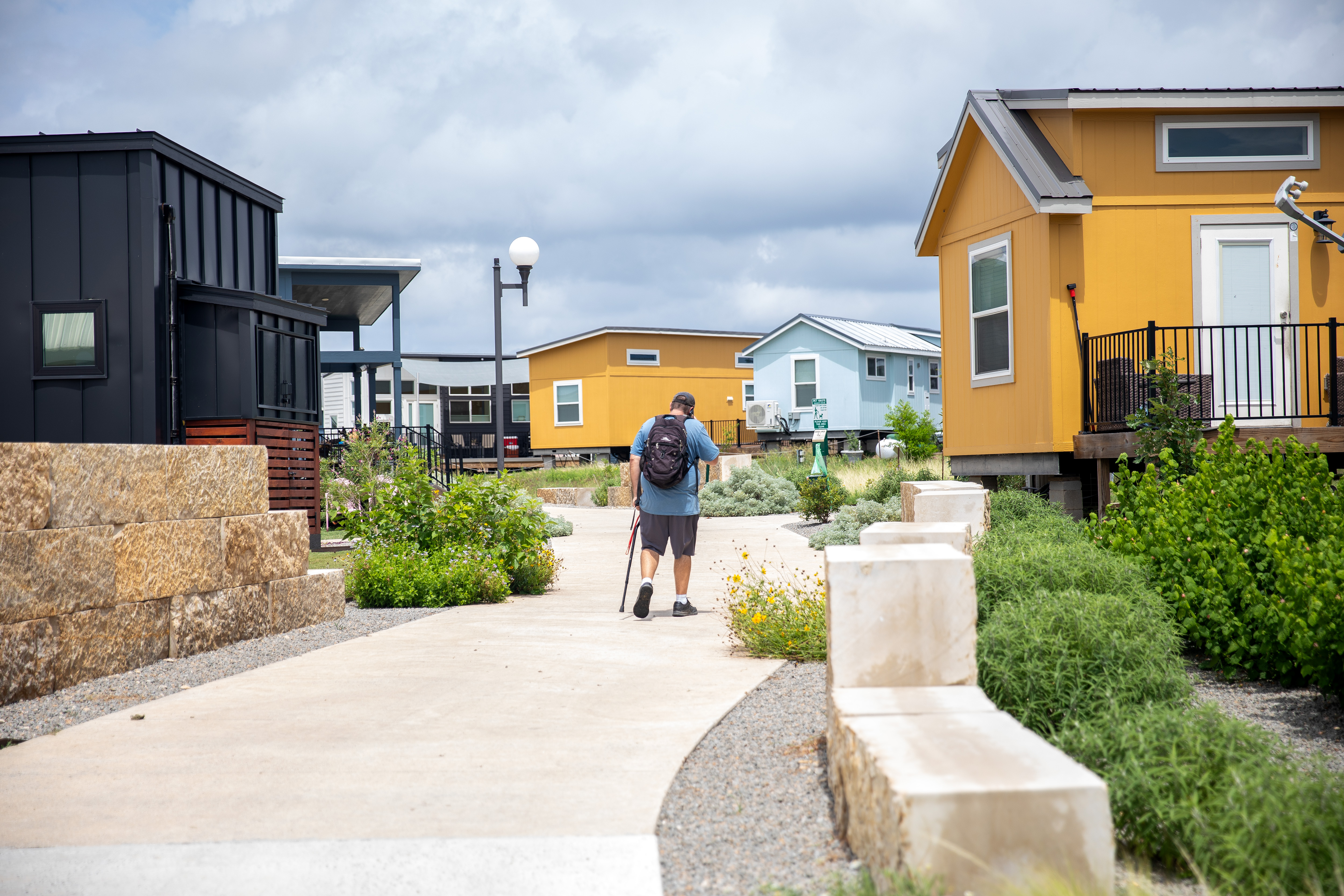
Touring this iteration of tiny homes, with the nearby city of Austin’s skyline towering in the distance, takes a couple of hours and a golf cart.
“You're wanting to see the most affordable housing on the planet,” Mr. Graham said as he hopped in the driver’s seat. “I'm going to show you, it's around the corner here.”
In 2004, Mobile Loaves and Fishes, which describes itself as a Christian social outreach ministry, purchased its first gently used RV with the goal of getting one person off the streets of Austin. Over the years, the organizers were able to move 100 people into RV homes in different communities in the Austin area. The nonprofit, which Mr. Graham started with several friends, got its start in the late 1990s, operating food trucks to distribute food and clothing to homeless people in the area.
Mr. Graham pooled about $18 million in privately donated funds to open the village in 2015. The property was cheap — vacant land at the time — once used as a dumping ground for stolen vehicles. At first, the idea was to create an RV park “on steroids” before the nonprofit added the tiny homes units to its inventory.
The village is currently home to nearly 400 formerly homeless people, affectionately known as “neighbors.”
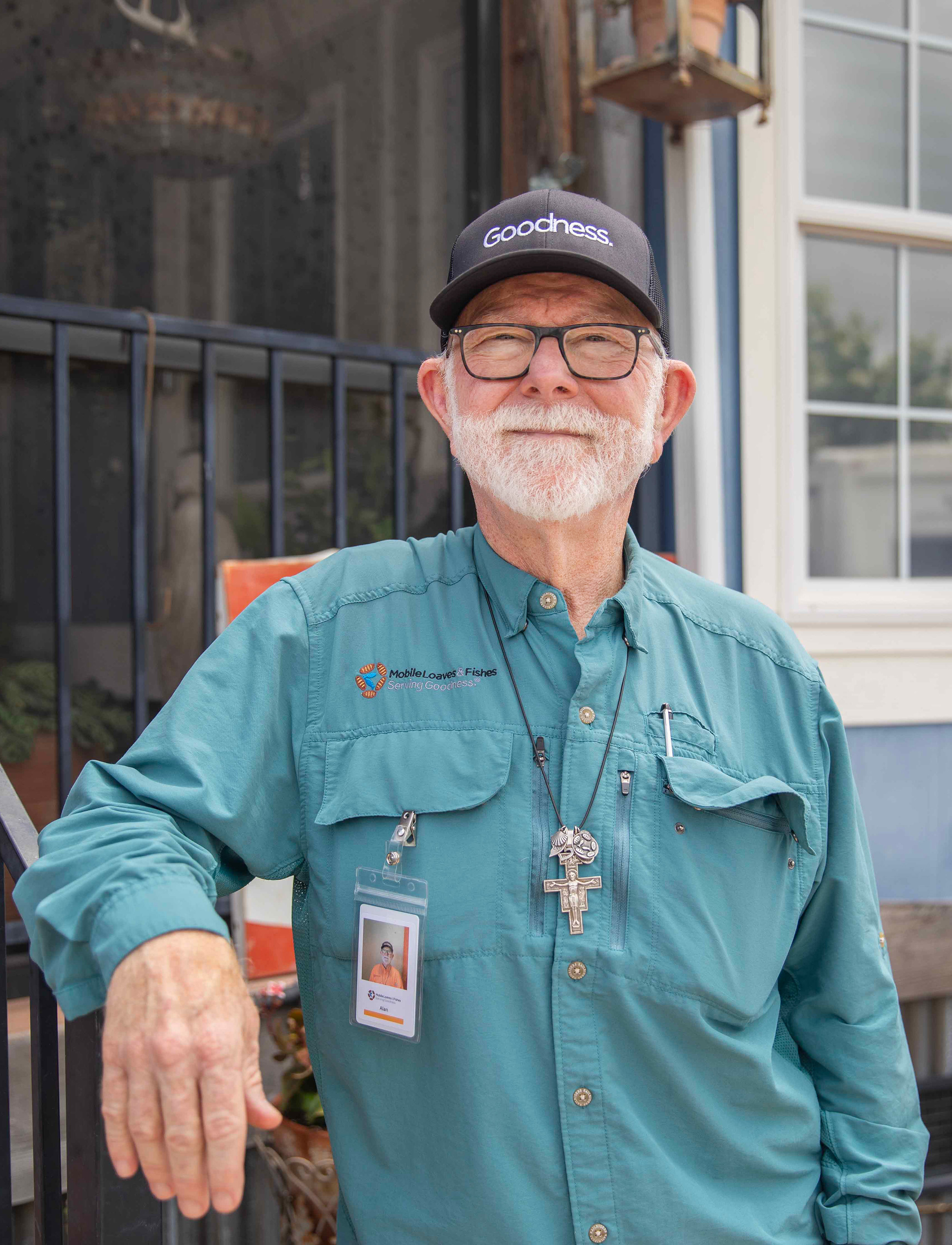
Along with 100 volunteers, the village is staffed by local organizations and 140 full-time employees. For example, primary health care services are provided by CommUnityCare Health Centers, while money management and case management is handled by Family Eldercare. Addiction recovery and support services come through Communities for Recovery.
It’s a sizable operation. The budget for annual operations is about $18 million, Mobile Loaves and Fishes told the Post-Gazette.
Community First! Village has been developed with an approach similar to the “housing first” model, which is based on research that finds an individual must first be adequately housed before services such as drug and alcohol rehabilitation would be effective.
Everyone living in Community First! Village is expected to abide by the law, which includes those pertaining to drugs. While the village doesn’t monitor what people do in the privacy of their homes, like possible substance use, not following the community guidelines or breaking the law can be grounds for being asked to leave. Recovery and support services are available for residents who need them.
But those aren’t the most common reasons residents move out. They often move to another housing situation, sometimes with family, or opt for an affordable apartment through Section 8 housing, village staff told the Post-Gazette.
Most often, though, the end of someone's stay at the village is because they’ve reached the end of their lives. The average age of residents is 57, and the average age of death is a few years later, at age 59. A granite columbarium in the center of the village memorializes residents who were interred there at their passing.
“It’s just indicative of a harsh, harsh life,” Mr. Graham said.
As Mr. Graham cruises around the expansive neighborhood, passing streets with names like “Goodness Way,” he’s regularly greeted by familiar faces. Although with the village expanding every day, he says it’s getting increasingly difficult to keep up with all the new neighbors moving in.
“Let me see that smile — you have the most beautiful smile on the whole property,” he tells one older woman pushing a cart full of belongings, seemingly coming from the bus stop right outside the community.
The development itself resembles any other suburban development, dotted with trees and cul-de-sacs. And the houses, while smaller than the average American home, also don’t look much different than any other — featuring bright exteriors, architectural accents like beam porches and personal touches by the people who reside in them.
A sign writing “Shorty’s Place” sits in the window of one home. Others are covered in string lights, lush greenery or in one case, glittery silver garland wraps around the home’s front columns.
For Mr. Racine, his little furnished home exceeded expectations — and his initial wish list. His favorite feature is the mantel built in the living room, resembling ones he has seen in movies. It’s where he displays framed photos of his friends and the staff at the village, he said.
Most homes are about 200 square feet or less — compared to the average 2,400-square-foot American home. The smallest models available, called micro homes, don’t come with plumbing or restrooms. Residents use open-air “community kitchens,” as well as shared restroom and laundry facilities a short walk away.
The “tiny townhomes” have partial plumbing and, like the micro homes, are meant for singles. With Austin’s summer temperatures regularly hitting the 90s, every unit comes with air conditioning. Residents can also opt for RV units, which can house couples and families. A handful of the homes are constructed with 3D printing techniques, a first for any tiny home community in the country.
All residents must pay rent, which, depending on the type of unit, ranges from $230 to about $440 a month. The average rent for an apartment in Austin is $2,250 a month, according to Zillow estimates.
There’s a waiting list of about 150 people, and hopefuls can apply through Austin’s homeless system, known as the Continuum of Care. Individuals must be chronically homeless, over age 18, have a verifiable source of income and have been in the Austin area for at least a year to qualify.
Once moved in, residents rarely need to leave the community to get what they need, with a library, chapel, outdoor movie theater, barber shop, health clinic and other amenities scattered throughout the village. Regular farmers markets are held to offer free vegetables harvested from the village’s gardens.
To pay the bills, residents can earn “dignified income” through a variety of jobs that help upkeep the onsite services, including groundskeeping, concessions, janitorial services, car care operations and other options.
Last year, residents earned about $1.5 million from the work program.
People can also tap into their own creativity to earn extra cash. A fine arts center allows residents to produce original pieces, ranging from pottery to jewelry to metal or wood works, that they can sell to the public through the Community Market.
Mr. Graham recalls one chess set, molded out of clay, that sold for $10,000 a few years ago. “That's life-changing money right there,” he said. The woman was able to use that money to buy her first car.
So long as people work with the village on a rent payment program, the organizers say they will never kick someone out.
To Mr. Graham, a lack of community is the real driving force behind many people’s situations. That philosophy plays out in the village’s numerous social spaces, which host weekly group dinners and game nights.
During a stop at the village convenience store, he picks up the tab for a man who needed a couple of bottles of oil for pork he planned to cook at one of the outdoor kitchens.
“We claim to have more potlucks per capita than anywhere in the world,” Mr. Graham said.
For nearly two years, Mr. Racine stayed isolated in his tiny home due to a health condition. And leaning on others wasn’t something he was accustomed to.
What landed him into homelessness was financial trouble caused by an ex-business partner he trusted, said Mr. Racine, who was a real estate broker for 40 years. Coming to the village helped him come out of his shell.
“It's a really unique place, with different people coming from different walks of life,” Mr. Racine said. “My best friends in my life are with me right now.”
These days, he’s known around the community as the “mayor.” He regularly knocks on neighbors’ doors, conducting his own version of welfare checks to make sure everyone is OK.
“A lot of people have disabilities,” he said. “There's some mental illness out here, things like that. People need help, and there's a lot of people that have been homeless for 20 years, so I just help them re-involve themselves in society again, and navigate change.”
On average, people who come to Community First! have spent a decade on the streets. A life of stability, as Mr. Racine found, is often a major adjustment. One woman still sleeps on her porch, uncomfortable going inside due to some mental health challenges. Others deal with hoarding issues.
While residents must abide by rules — like paying rent on time and maintaining good behavior and cleanliness — Mr. Graham said the organizers understand the population they’re working with. Certain people may never be able to fully adapt to certain societal norms, often due to mental health struggles, he said.
“We accept them as they are,” he said. “That’s how family works.”
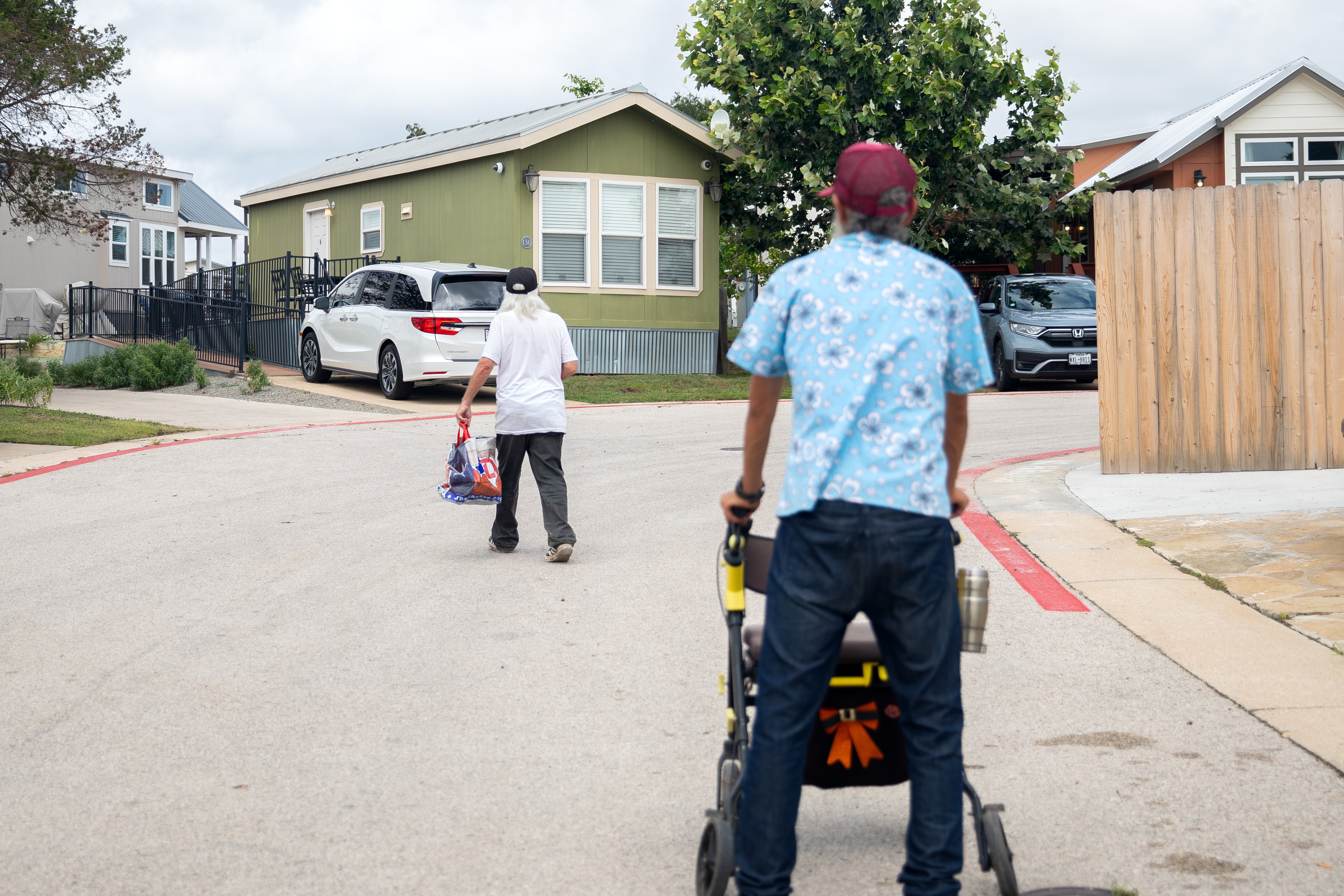
Community First! Village says its retention rate is 85% as of 2023. By comparison, a 2021 Harvard University study of outcomes for chronically homeless people in traditional apartment-style “permanent” housing found a retention rate of 36% after five years.
Mr. Graham and his wife have experienced the village’s quality of life personally. The couple have lived in the neighborhood for the past seven years.
“If you go to these other tiny home communities around the country, they're places that you wouldn't want to live for the most part,” Mr. Graham said. “They're all lined up like little soldiers, and they're really tiny. They haven't created the ambience of this built environment that you're seeing right now.”
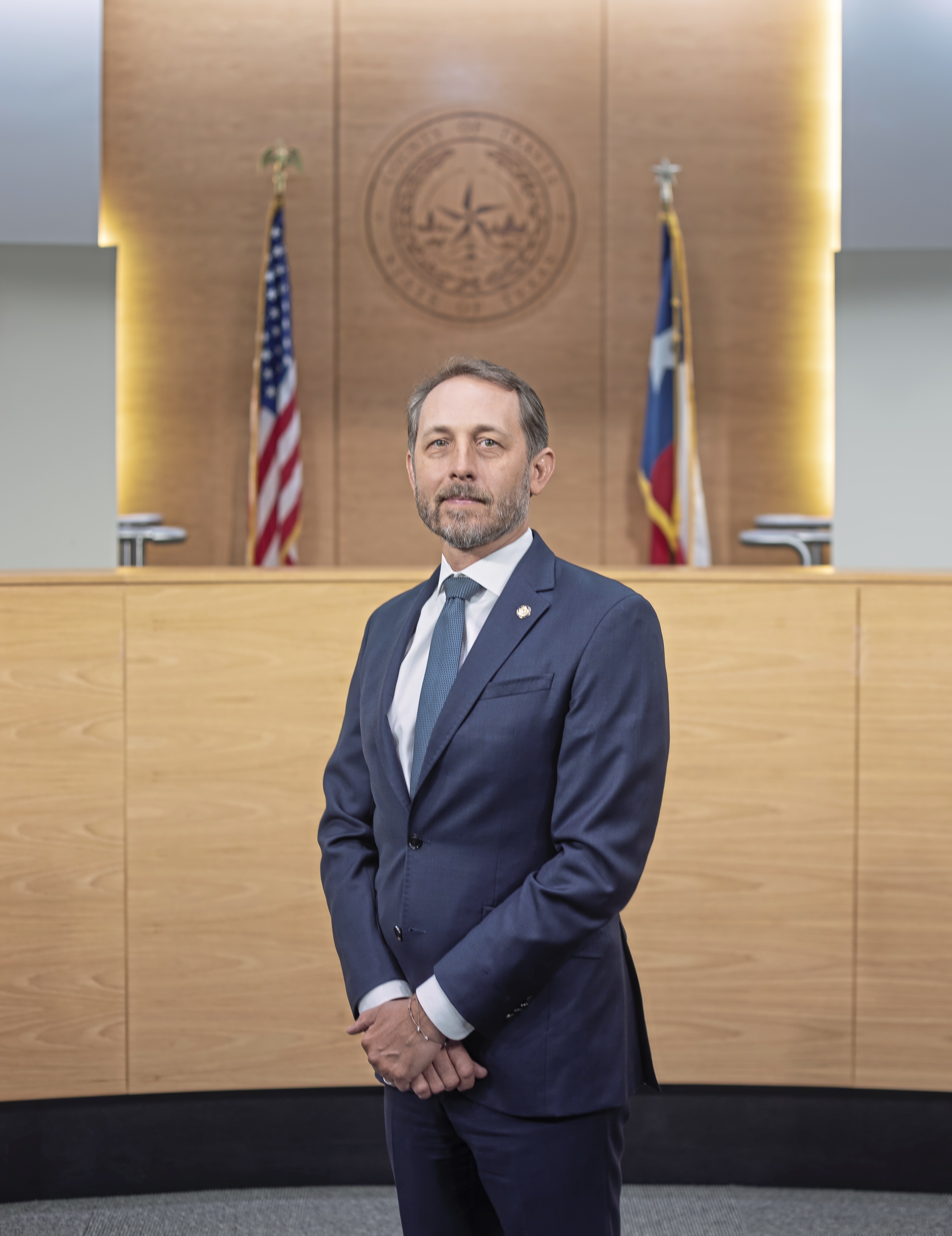
He appreciates the logistical obstacles that advocates of tiny home communities often deal with — everything from restrictive land use laws to resident concerns to finances. Zoning was particularly difficult for Mr. Graham, who tried and failed to create his vision for the project in Austin from 2006 to 2010 before deciding to move out of the city.
The village technically doesn’t sit inside in any municipality, meaning the organizers only had to comply with state law, primarily meeting water quality standards and ensuring the rooftops can withstand rainfall.
“There is no way, no how you can get more affordable than this type of home,” he said. “But, for the most part, in most municipalities, this type of home was not allowed. Because we are outside of the city limits of Austin and Travis County, we're able to do what we're doing out here.”
Financially, the village has been fueled primarily by private donations, but also some government support. In September 2021, Travis County earmarked $35 million in American Rescue Plan funds — the money Congress approved to ease the impact of the pandemic — to expand Community First! Village with almost 700 more units now under construction.
Community First! Is building new properties to make room for 1,400 additional micro homes. Once fully developed, the village will boast nearly 2,000 homes spread across 180 acres.
One of the votes that greenlit the investment came from Travis County Judge Andy Brown. He presides over the Travis County Commissioners Court that oversees the county’s $1.4 billion annual budget. He was immediately sold on Mr. Graham’s vision when he was invited to tour the village.
“He just made such a compelling case, just on the humanity side of it,” Judge Brown said.
To Judge Brown, the way to get people stabilized is to give them access to mental health care, substance-use disorder care and a stable housing environment.
“If you look up the cost of having stable housing where people can live for 10, 20 years, versus congregate shelter, where people live for maybe days or weeks, it is night and day,” he said. “The investments made in permanent supportive housing will make a community stronger and give its community members the support that they need over the long term.”
And there have been clear areas of need in Travis County that have gone unaddressed. In Austin’s jail system, on some days almost 50% of inmates have an unmet mental health need, compared to 21% pre-COVID, Judge Brown said. Austin is looking to create a center to help divert people with mental health challenges away from the city’s overcrowded jails and into stable housing, like Community First! Village, instead.
So far, Judge Brown said area residents have been overwhelmingly receptive to the village, which invites visitors to join in movie nights in its amphitheater, holiday parties, art and farmers markets and other public events.
The village also runs a bed and breakfast to give people a taste of life in the community and depends on outside volunteers for its daily operations. Visitors can book online an RV or a tiny home for anywhere between $100 and $150 per night.
“I think that it adds to the community,” Judge Brown said. “There just hasn't been pushback on this. This is not a congregate shelter thing. It's a neighborhood of people who live there and have to give back to the community that they're living in, but also receive services that they need to have stable lives.”
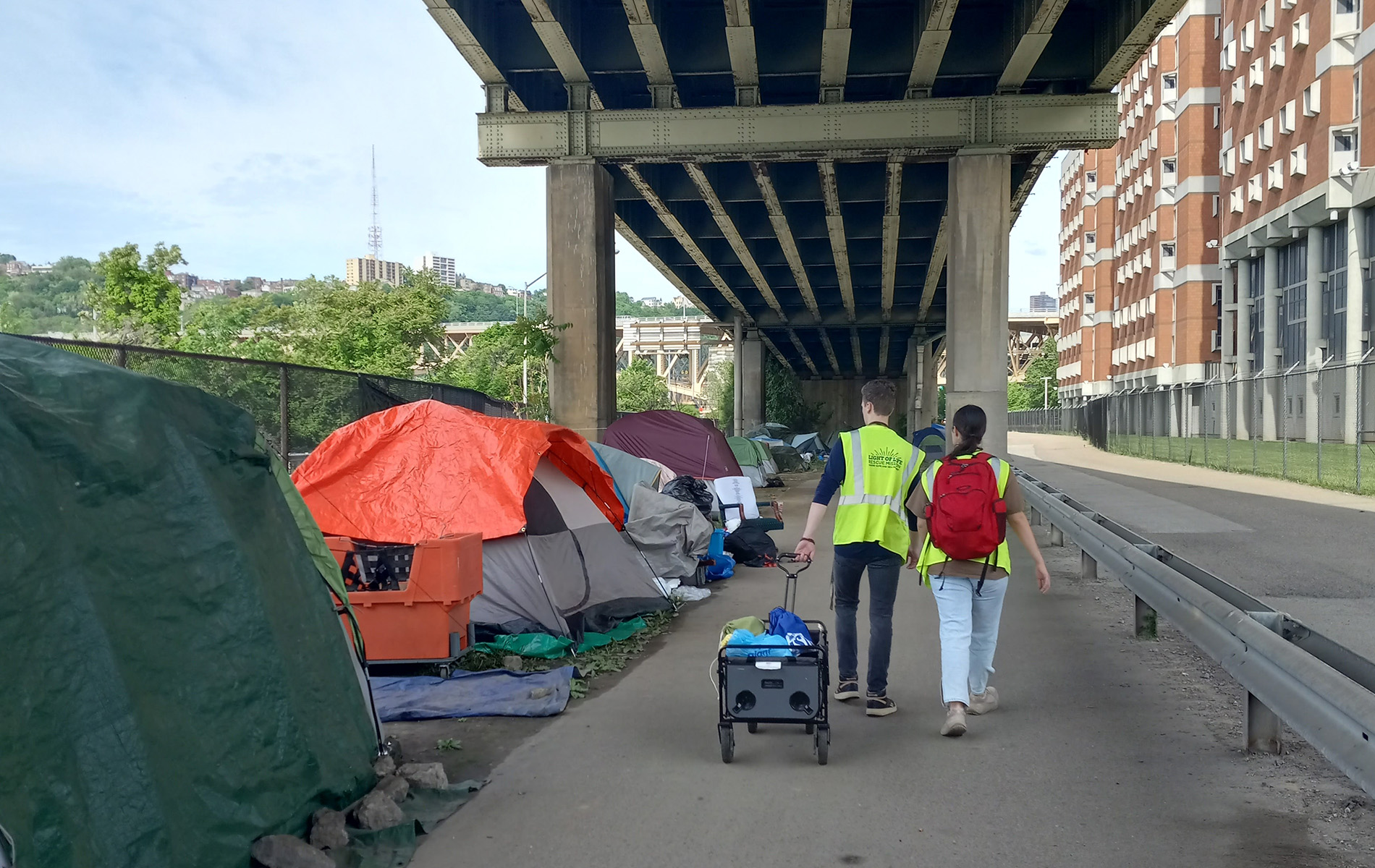
Jerrel Gilliam, executive director of Pittsburgh’s Light of Life Rescue Mission, which has provided things like meal services and emergency shelter services on the North Side for decades, has always had reservations about Pittsburgh’s proposal for tiny homes.
For him, there have been too many unknowns, with larger questions looming around the financials or who would run day-to-day operations. The city has said social services would be made available on-site through community partnerships, but it appears no organizations have been selected to take charge.
In the proposal that Pittsburgh City Council members Deb Gross and Anthony Coghill presented to the Planning Commission, the tiny home villages here would be equipped with food, hygiene facilities, garbage pickup and mental health and addiction services, serving up to 50 people at a time.
Early prototypes showed a kind of pallet shelter model, compared to the traditional looking homes seen in Austin. People would be able to stay for up to two years as a form of transitional housing. It’s unclear how much residents would pay in rent, if any.
Mr. Gilliam expressed some of his concerns about the proposal’s viability during Planning Commission meetings held earlier this year. He emphasizes that the screening process and community rules and guidelines need to be made clear. Those elements are key to the success of other projects, he said, including one project he visited in Los Angeles where residents must make a commitment to take steps toward independent living if they want to live there.
Back in February, the Planning Commission said it would create work groups to pore over the details and fix inconsistencies, particularly around federal housing code. City officials and the Planning Commission agreed to an eight-week deadline that has since long passed, and Mr. Gilliam said he never got a call. The Planning Commission’s agenda hasn’t included tiny homes since April.
Shelter providers have long been frustrated by the city’s lack of action on other housing proposals that have languished in recent years. Last month, Light of Life held a news conference to call on local officials and providers to come together to find tangible solutions.
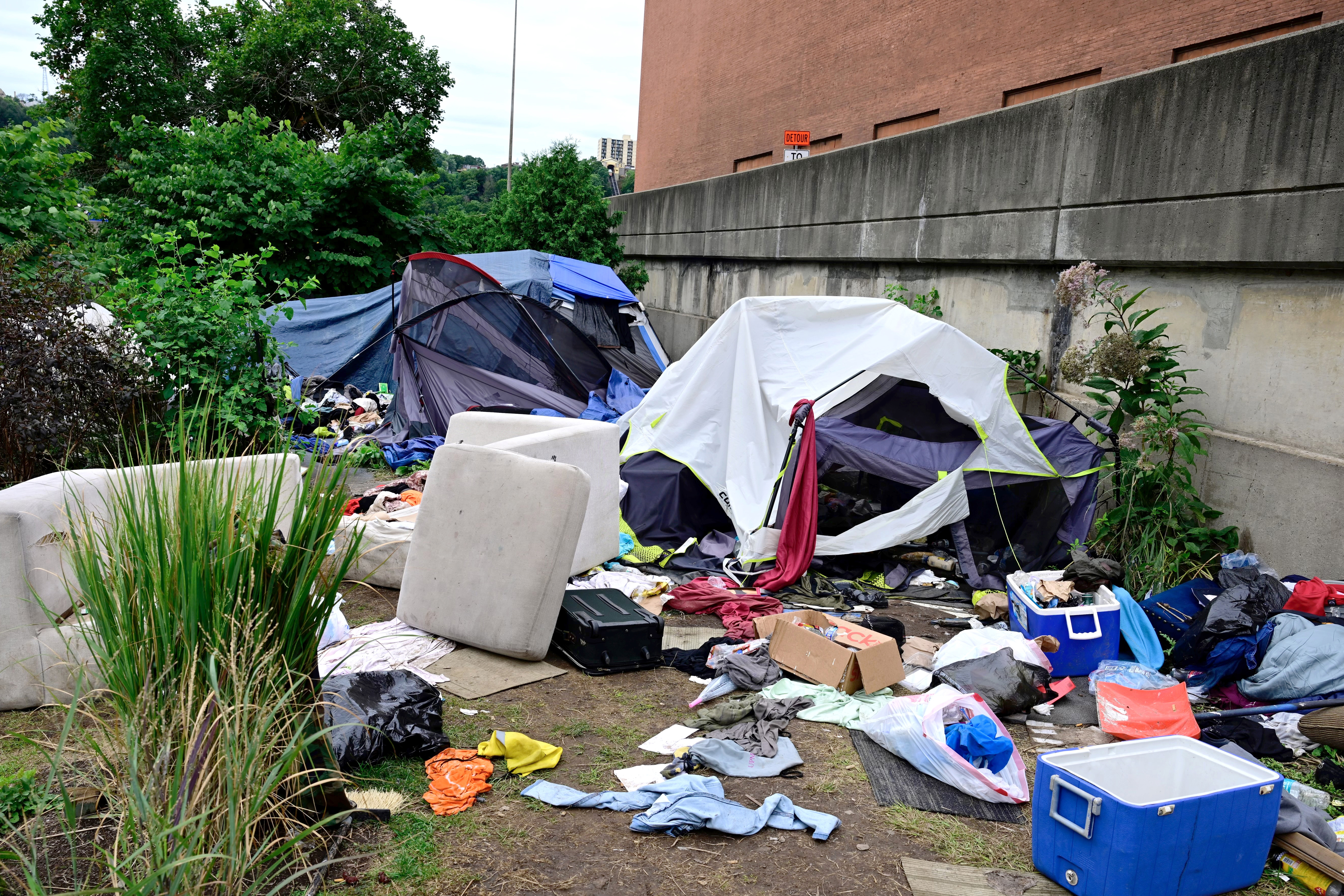
Pittsburgh isn’t the only one struggling. The state of California planned to acquire roughly 1,200 tiny homes so local municipalities could offer temporary housing for those experiencing homelessness. Gov. Gavin Newsom announced that plan last year. But units have yet to be opened due to funding and planning complications. In Philadelphia, Mayor Cherelle Parker axed plans to build the city's first-ever tiny house community this year after a nonprofit was already chosen for the project.
Other projects have received criticism for crime and safety issues, including in Denver, where intense community pushback has delayed tiny home development plans, and in Seattle, where crime rates have reportedly spiked near tiny homes that were built.
If tiny homes are out of reach, Mr. Gilliam said Pittsburgh leaders can fall back to other ideas it has considered, including identifying city-owned parcels and transforming old, blighted properties into housing. That work is starting to happen through a county-driven plan to find 500 homes for 500 people in the next year. But, he said, that work shouldn’t be happening in siloes and it shouldn’t leave out the community groups that fight homelessness in Pittsburgh daily.
“Some of the key stakeholders are left out of the conversation,” Mr. Gilliam said. “We applaud their efforts at looking at tiny homes, but we also encourage them to make sure that they are reaching out to the community partners who do this kind of work and get their input.”
Mayor Ed Gainey’s administration declined to comment, and Ms. Gross and Mr. Coghill did not respond to requests for comment.
For Mr. Racine in Austin, the feeling of home — a real home — was more than he imagined.
He shares his story often during symposiums and tours held regularly in the community, helping others understand how these tiny homes are changing lives. The Community First! Village is a place he plans to stay for the remainder of his life. He’s already prepared his final will and testament laying out his plans.
“I'm very proud of this model, and I just tell people to replicate,” he said. “This is not heaven. It's not perfect. I mean, as far as models go — people from other countries talk to me because I do talks and things like that — this the best model possible in the United States at this time. I really feel good about this place.”
Jordan Anderson: janderson@post-gazette.com
Advertisement
Advertisement
Jordan Anderson
Montinique Monroe — For the Post-Gazette
Ed Yozwick
Laura Malt Schneiderman